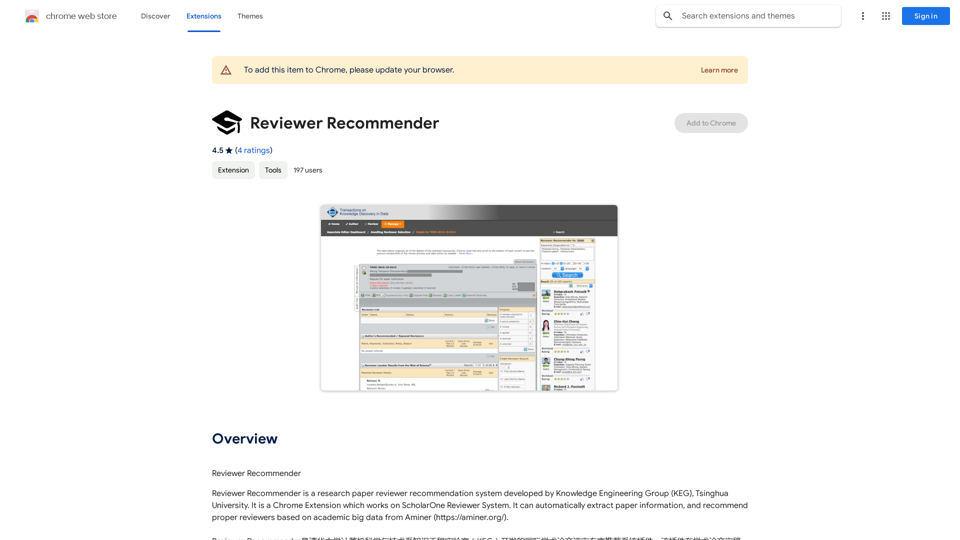GPT Quicker is a versatile web extension that integrates AI-powered tools to boost productivity and creativity. It seamlessly incorporates ChatGPT, Claude, Bard, and Bing across various online platforms, offering a range of features from text enhancement to email management. This tool is designed to streamline online tasks and provide intelligent assistance for diverse digital activities.
Faster GPT
Excellent GPT assistant with useful extensions and powerful prompts. Use ChatGPT, Claude, Bard, Bing on any website.
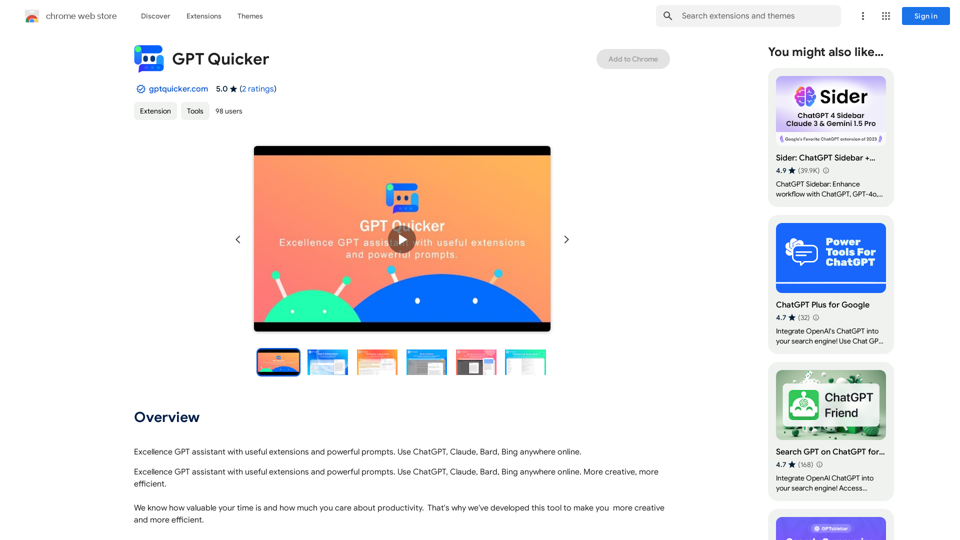
Introduction
Feature
AI-Powered Web Extension Functions
- Text selection for reading and writing
- Search enhancement with AI synchronization
- Email management assistance
- Upcoming features: Facebook, Twitter, YouTube assistants, PDF AI reader, webpage summary, and parallel translation
Efficient Shortcut Chat
- Easy access via sidebar icon
- Seamless conversation transfer to shortcut chat
- Quick prompt selection with slash command and fuzzy search
Full-Screen Mode
- Immersive environment for creativity and assistance
- Grouped quicker prompts with detailed formulas and examples
- Saved chat history for easy reference and continuation
- Multi-AI integration in a single chatbox
User-Friendly Interface
- Simple installation process
- Intuitive shortcut chat for quick access to AI tools
- Customizable experience with various prompts and AI options
Pricing Model
- Free basic version available
- Subscription option for advanced features and extended access
FAQ
What are the key benefits of using GPT Quicker?
GPT Quicker offers:
- Enhanced productivity through AI-powered tools
- Seamless integration with multiple online platforms
- Quick access to intelligent assistance for various tasks
- Customizable experience with different AI options and prompts
How does GPT Quicker improve online search?
GPT Quicker enhances online search by:
- Synchronizing queries with AI for more effective information retrieval
- Providing AI-powered insights alongside traditional search results
- Offering quick summaries and explanations of search content
Can GPT Quicker help with email management?
Yes, GPT Quicker assists with email management by:
- Quickly summarizing email content
- Highlighting key points in emails
- Providing AI-generated reply suggestions
Is GPT Quicker compatible with different AI models?
GPT Quicker supports multiple AI models, including:
- ChatGPT
- Claude
- Bard
- Bing Users can switch between these models in the Multi-AI All-in-One Chatbox.
How does the pricing structure work for GPT Quicker?
GPT Quicker's pricing is as follows:
- Basic version: Free for all users
- Advanced features: Available through subscription (details not provided in the given content)
Latest Traffic Insights
Monthly Visits
193.90 M
Bounce Rate
56.27%
Pages Per Visit
2.71
Time on Site(s)
115.91
Global Rank
-
Country Rank
-
Recent Visits
Traffic Sources
- Social Media:0.48%
- Paid Referrals:0.55%
- Email:0.15%
- Referrals:12.81%
- Search Engines:16.21%
- Direct:69.81%
Related Websites
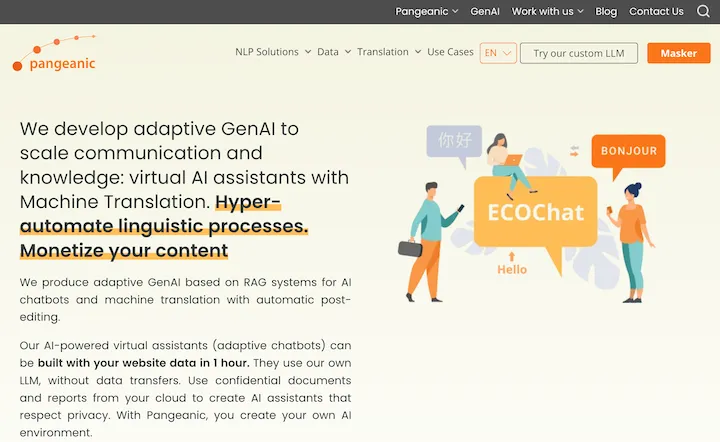
Hyper-automate linguistic services: AI assistants with your data, privacy, automatic translation with automatic post-editing, no hallucinations, human fluency
45.58 K
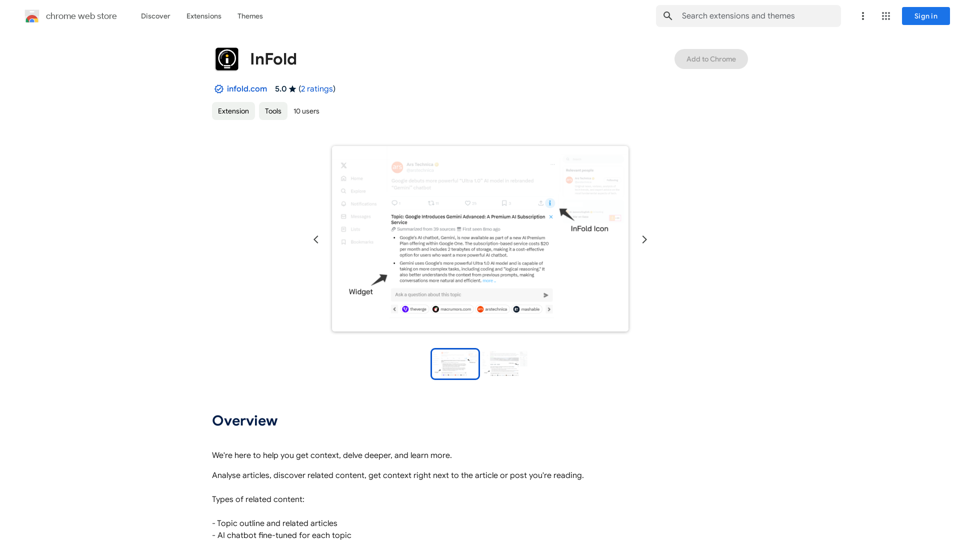
We're here to help you understand things better, explore topics in more detail, and learn new things.
193.90 M
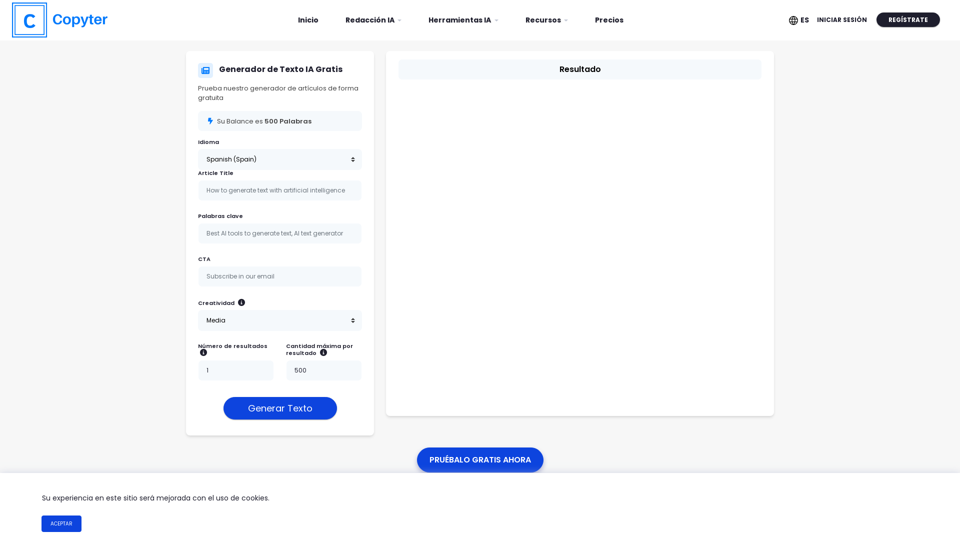
The High-Quality AI Text Generator. Writes texts with artificial intelligence for articles, essays, ecommerce, social media, blogs, and much more 🤖
38.49 K
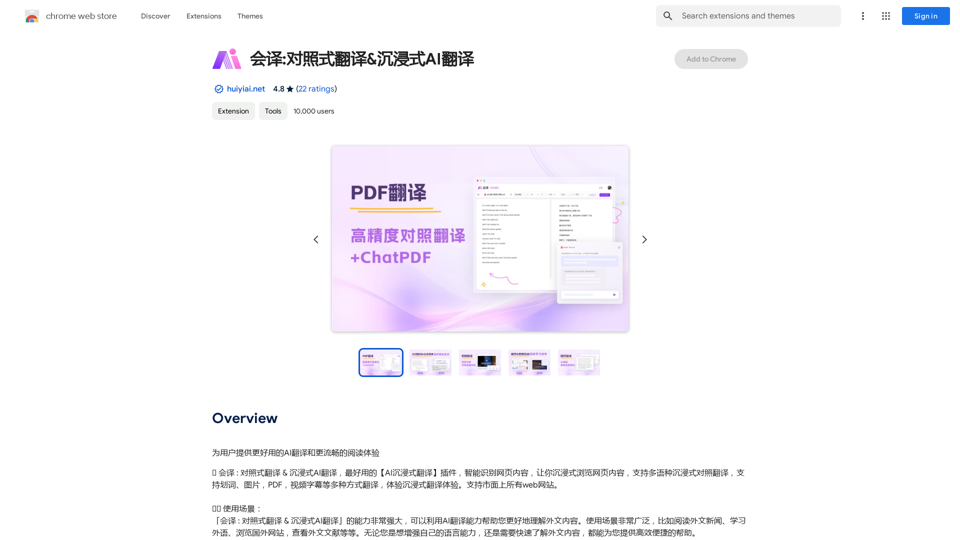
Translation Methods: Comparative Translation & Immersive AI Translation
Translation Methods: Comparative Translation & Immersive AI TranslationProvide users with better AI translation and a more fluent reading experience.
193.90 M
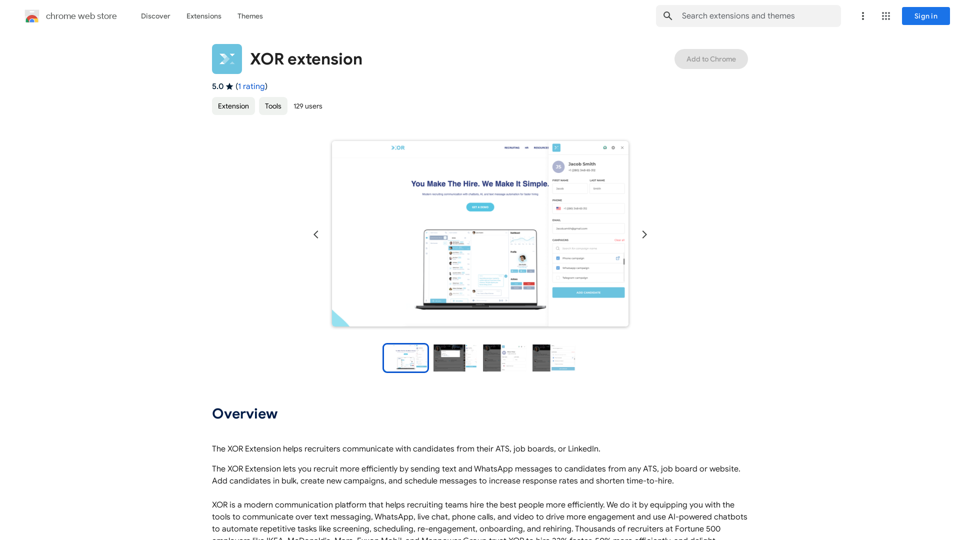
The XOR Extension lets recruiters talk to candidates from their Applicant Tracking System (ATS), job boards, or LinkedIn.
193.90 M
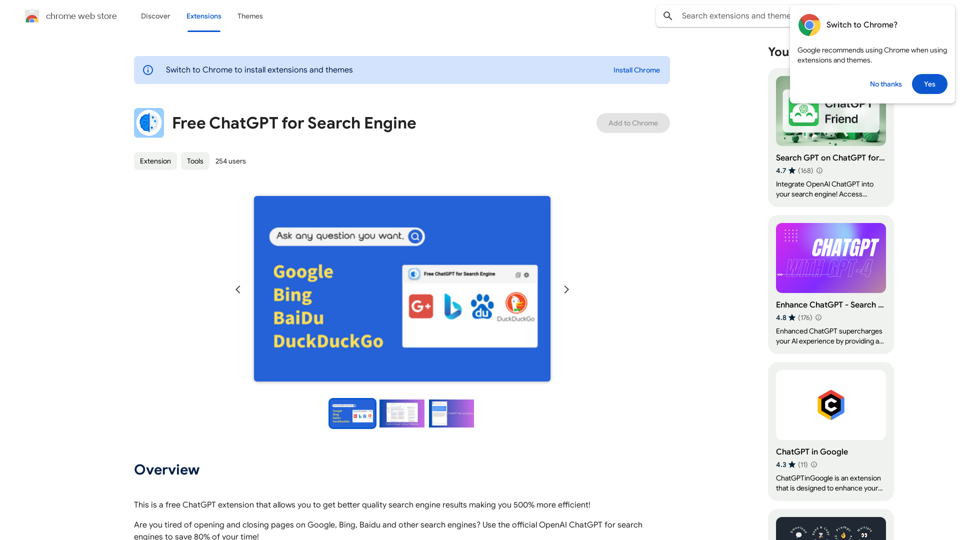
This is a free ChatGPT extension that helps you get better quality search engine results, making you 500% more efficient!
193.90 M
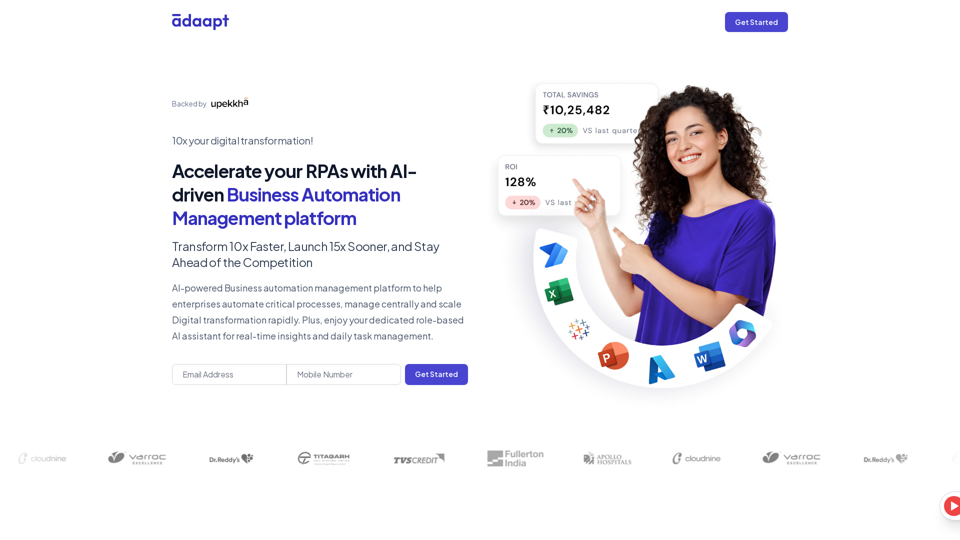
Adaapt.ai - Simplify and Optimize Your Processes with Automation
Adaapt.ai - Simplify and Optimize Your Processes with AutomationUnlock efficiency and elevate your business with Adaapt.ai - Your partner in automation. Streamline processes effortlessly and boost productivity. Discover cutting-edge solutions tailored for your success.
0
